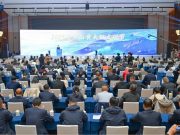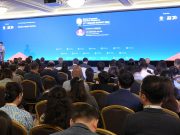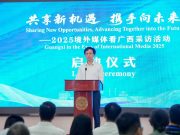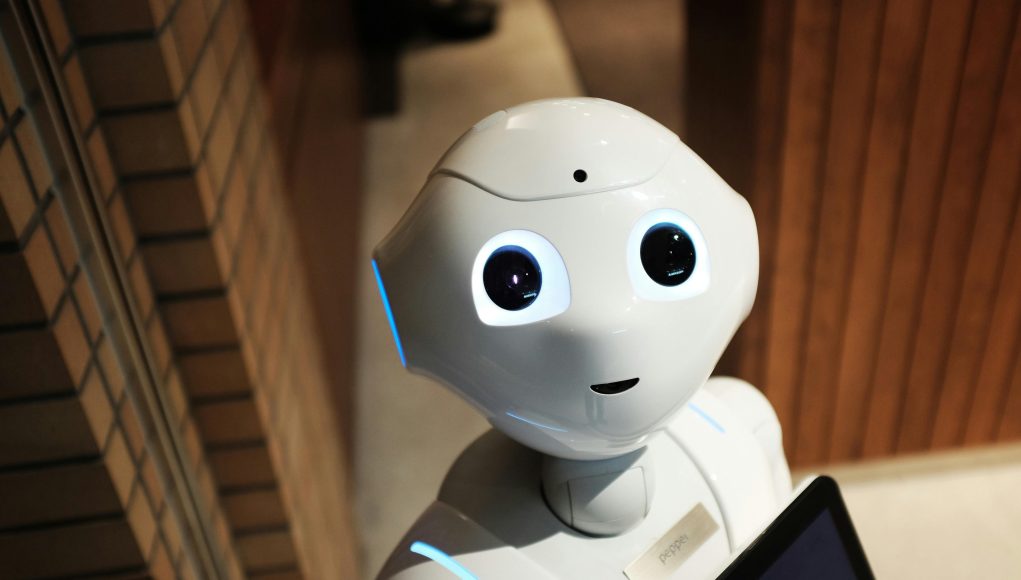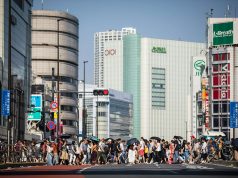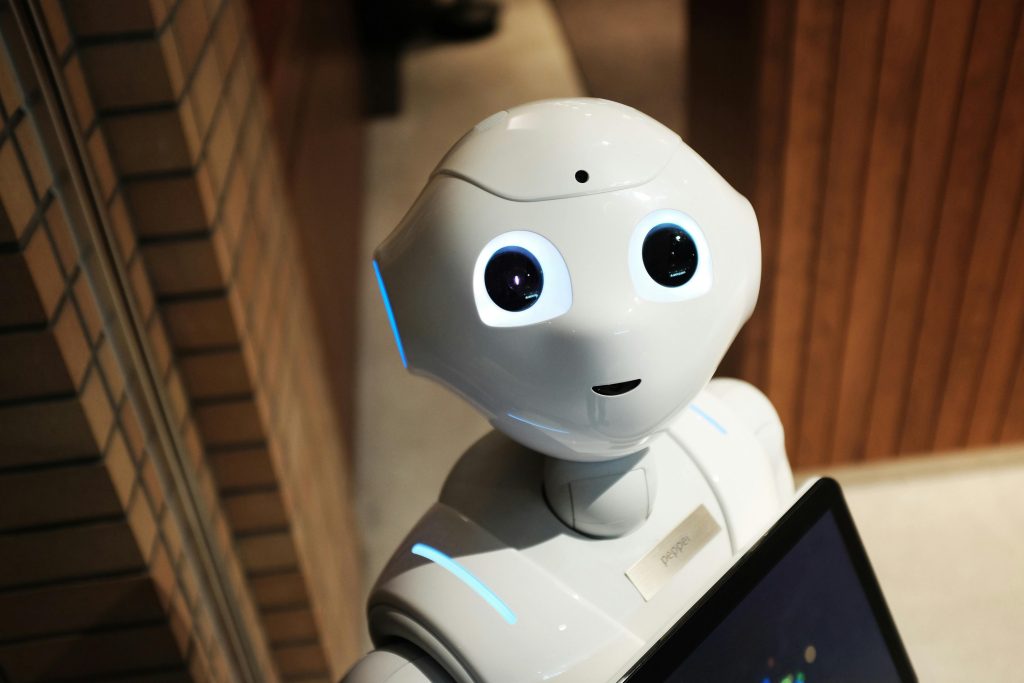
(Singapore, 29.10.2025)Companies around the world are stepping up layoffs as economic uncertainty grows and the rush to adopt artificial intelligence (AI) changes how work gets done. From Amazon and Nestlé to UPS, major employers are cutting costs and streamlining operations, even as they pour billions into new AI systems and data centers.
According to a Reuters analysis, U.S. companies have announced more than 25,000 job cuts this month alone — not counting UPS’s 48,000 layoffs earlier this year. In Europe, over 20,000 positions have been eliminated, with Nestlé accounting for most after slashing 16,000 roles last week.
While layoffs are not unusual toward year-end, the scale and timing have drawn attention. With the U.S. government currently in its second-longest shutdown, official labor data is scarce, leaving investors to piece together an incomplete picture of the job market.
“Mass layoffs like this suggest the economy is slowing down, not strengthening,” said Adam Sarhan, CEO of 50 Park Investments in New York. “You don’t see companies cutting tens of thousands of jobs when things are booming.”
Corporate shake-ups and AI rationalization
Amazon has become one of the most high-profile companies to announce cuts, confirming it will reduce up to 14,000 corporate jobs — and possibly as many as 30,000, according to earlier reports. The company is restructuring amid slowing consumer demand and rising costs, even as it continues to invest heavily in artificial intelligence and data infrastructure.
Other major employers including Target, Procter & Gamble, and baby clothing retailer Carter’s are also shedding white-collar jobs. Some, like Target and Nestlé, are under new CEOs seeking to reorganize operations. Carter’s said its 15% office cut was driven by rising import tariffs under President Donald Trump’s administration.
What makes this round of layoffs stand out is the focus on corporate and administrative roles — positions increasingly seen as replaceable by AI systems — rather than frontline or factory workers. Analysts believe these cuts may mark the early stages of a structural shift as companies seek to prove the value of their massive AI investments.
A KPMG survey released in September found that U.S. executives plan to increase AI spending by 14% over the next year, to an average of $130 million per company. Nearly eight in ten respondents said they face pressure from investors and boards to show measurable returns from AI spending.
Still, experts caution against blaming automation alone. “I’m hesitant to say it’s all AI,” said Allison Shrivastava, an economist with Indeed Hiring Lab. “We’re still seeing the tech sector adjust after its pandemic boom. AI could reshape jobs, but the impact isn’t dramatic yet.”
Despite headline-grabbing layoffs, broader data doesn’t yet show a major rise in unemployment. Payroll processor ADP estimated just over 14,000 new jobs added in the four weeks ending Oct. 11 — signaling a stagnant but stable market. Economists describe the situation as a “low-hiring, low-firing” period, where many companies are reducing staff gradually by not replacing people who leave.
“This is a ‘hold-your-breath’ environment,” Shrivastava said. “Firms aren’t rushing to fire, but they’re also not hiring. Everyone’s waiting to see what happens next.”
Economists warn that if layoffs deepen, consumer confidence could weaken further, adding strain to an economy already pressured by inflation and trade tariffs. Some Federal Reserve officials have voiced concern that today’s cautious hiring freeze could easily slip into a more aggressive wave of job losses.
Tech giants still betting big
While cost-cutting dominates headlines, tech companies are still doubling down on their AI ambitions. Nvidia CEO Jensen Huang this week dismissed talk of an “AI bubble,” telling investors that demand for the company’s new Blackwell and Rubin processors remains overwhelming. He said Nvidia’s chips are on track to generate half a trillion dollars in revenue through 2026.
At a Washington event, Huang showcased new partnerships with Uber, Palantir, CrowdStrike, and telecom giant Deutsche Telekom — as well as plans for a €1 billion data center in Germany and fresh deals with Samsung and Hyundai in South Korea. Nvidia’s shares jumped 5% to a record high on Tuesday, easing investor jitters about overhyped AI valuations.
Meanwhile, Amazon is investing an additional $5 billion in South Korean data centers, expanding on a $4 billion commitment announced earlier this year with SK Group. The spending spree reflects a broader race among global tech giants — including Microsoft, Meta, and Google — to build massive data centers that power AI tools and cloud computing.
AWS, Amazon’s cloud arm, faces fierce competition but remains one of the largest players in the market. Analysts say the company’s restructuring efforts, including its job cuts, are aimed at keeping pace with rivals while freeing up resources for high-growth areas like AI infrastructure.
Balancing optimism and uncertainty
The contrast between massive AI investment and widespread layoffs highlights the paradox shaping the global economy: companies are spending more on technology than ever, yet workers are increasingly uncertain about their future.
Executives insist that automation will create new opportunities in the long run, but for now, the transition is painful. As firms slash jobs and tighten budgets, workers and investors alike are bracing for a new kind of economic reality — one defined not just by slower growth, but by smarter, leaner operations powered by artificial intelligence.






